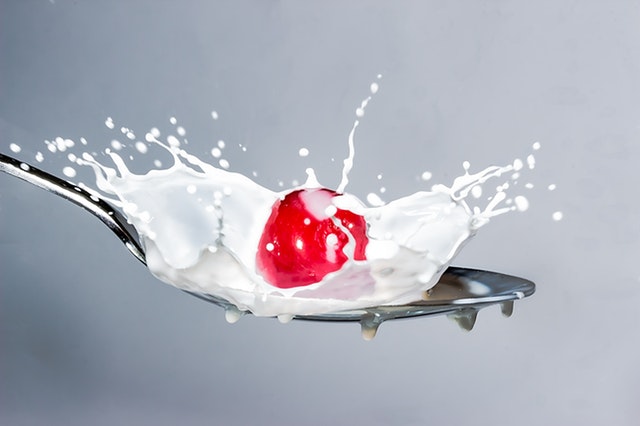While there is ongoing debate regarding use of the word “milk” on non-mammalian-derived products, once there’s a resolution — either direction — that will likely not get many of today’s consumers to drink more of the white stuff. It’s not that they don’t recognize milk’s inherent nutrient density. It’s also not because they don’t appreciate white milk’s versatility, as it’s great over cereal, awesome for dunking cookies and helps make scrambled eggs fluffy.
What many milk processors around the world fail to see is that one of the reasons fluid white milk consumption has decreased over the past few decades is because there are so many beverage options in the marketplace and today’s consumers are curious. They want to try new products. They crave adventure and like variety.
Milk can be part of that variety when it is premiumized. Adding value to milk will help keep it relevant.
“Fluid milk companies in developed markets are on the back foot with demand falling in North America and western Europe over the last 10 years, as broadly speaking, conventional milk has failed to reinvent itself,” said Thomas Bailey, senior analyst-dairy, Rabobank, New York. “However, in developing markets, milk’s nutritional value is of utmost importance.”
Despite the declining popularity of white milk in the United States, it remains a pivotal product for retailers, as shoppers who buy milk tend to purchase significantly more groceries than those who don’t. Retailers still believe that placement of milk in the back of the store gets more products into the basket as the shopper navigates the retail aisles. Retailers also have no problem selling white milk below cost, because they know that the average trip to the store for milk will generate additional sales. This works for retailers but is not good for processors.
“Retailer pricing wars, high rates of private label sales, falling sales and growing competition from new dairy-based and non-dairy based milks have reduced margins, making it tough for fresh fluid milk companies to rationalize investments in marketing and innovation, which is what it will take to turn the tide,” wrote Mr. Bailey in a recently published report titled “Making Milk Cool Again.” “The challenges milk currently faces are forcing an era of flux and self-discovery, driving innovation and development.
“Long gone are the days when teenagers would grab the milk jug from the fridge and take a swig to quench their thirst. Water is a typical alternative for such demand today.”
He reports that water and milk prices are often comparable. This has led to the value of milk being lost in the minds of many shoppers.
To survive, processors are strategically growing their value-added business. This includes getting involved in non-dairy beverage businesses, as well as getting creative with milk-based beverages that command a premium price, namely lattes, protein drinks and flavored milks.
“Milk is characterized by two vastly different markets: the large but declining dairy milk market and the much smaller but fast-growing non-dairy milk market,” said Caleb Bryant, senior beverage analyst, Mintel, Chicago. “While dairy milk remains a household staple for most Americans, non-dairy milk is quickly gaining popularity as a more healthful alternative to dairy milk, and innovative non-dairy milks are keeping consumers engaged. Products with strong functional and ethical claims represent areas of opportunity for both milk markets and an overall premiumization of milk could help brands attract younger affluent consumers.”
The top three factors that would make people drink more milk are extra protein, probiotics and less sugar, according to Mintel.
It’s also important to understand when and where consumers are drinking milk. New use occasions may help sales.
The most common way to consume milk is with cereal, according to Mintel data, with more than 60% of Americans saying that’s when they pour milk from the jug. About 40% of Americans still consume milk with a meal, while 10% recognize it as a post-workout drink.
“These are areas where fluid milk players could target attributes such as higher protein and vitamin content with slight variations for those who want to build muscles versus those who want a tasty drink on the go,” Mr. Bailey said. “Coffee and smoothies are also growth areas for fluid milk.
“Milk is riding a wave into a new era of reinvention. Premiumized products are here to stay and there is more to come as the dairy industry spends more time understanding and listening to consumers.
“A well-built milk product and brand will leverage consumer perceptions and offer nutritional benefits, which seem to have been lost and misunderstood over the last few decades. The rediscovery of milk is happening, just look around.”
Original article sourced from https://www.foodbusinessnews.net



